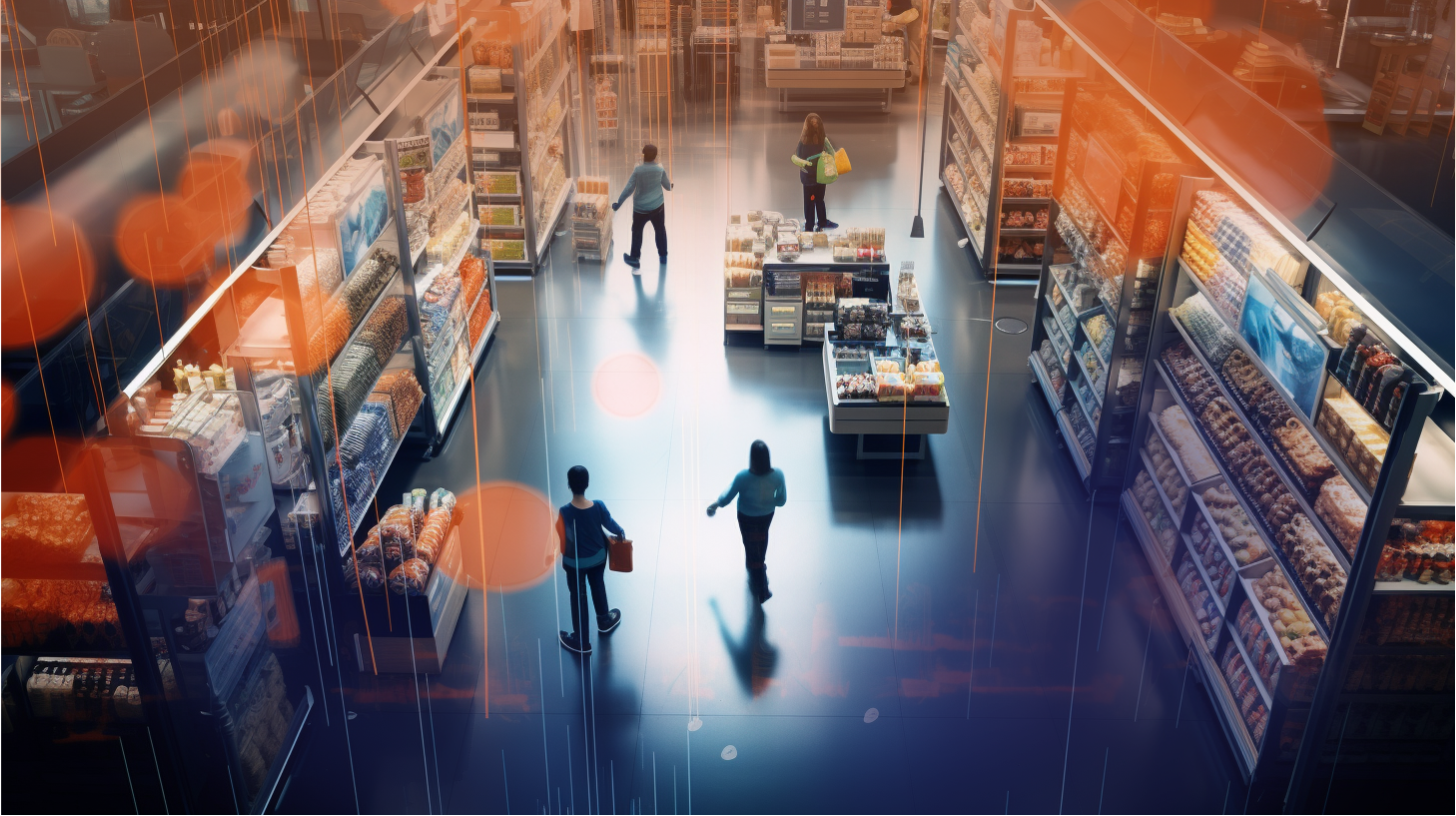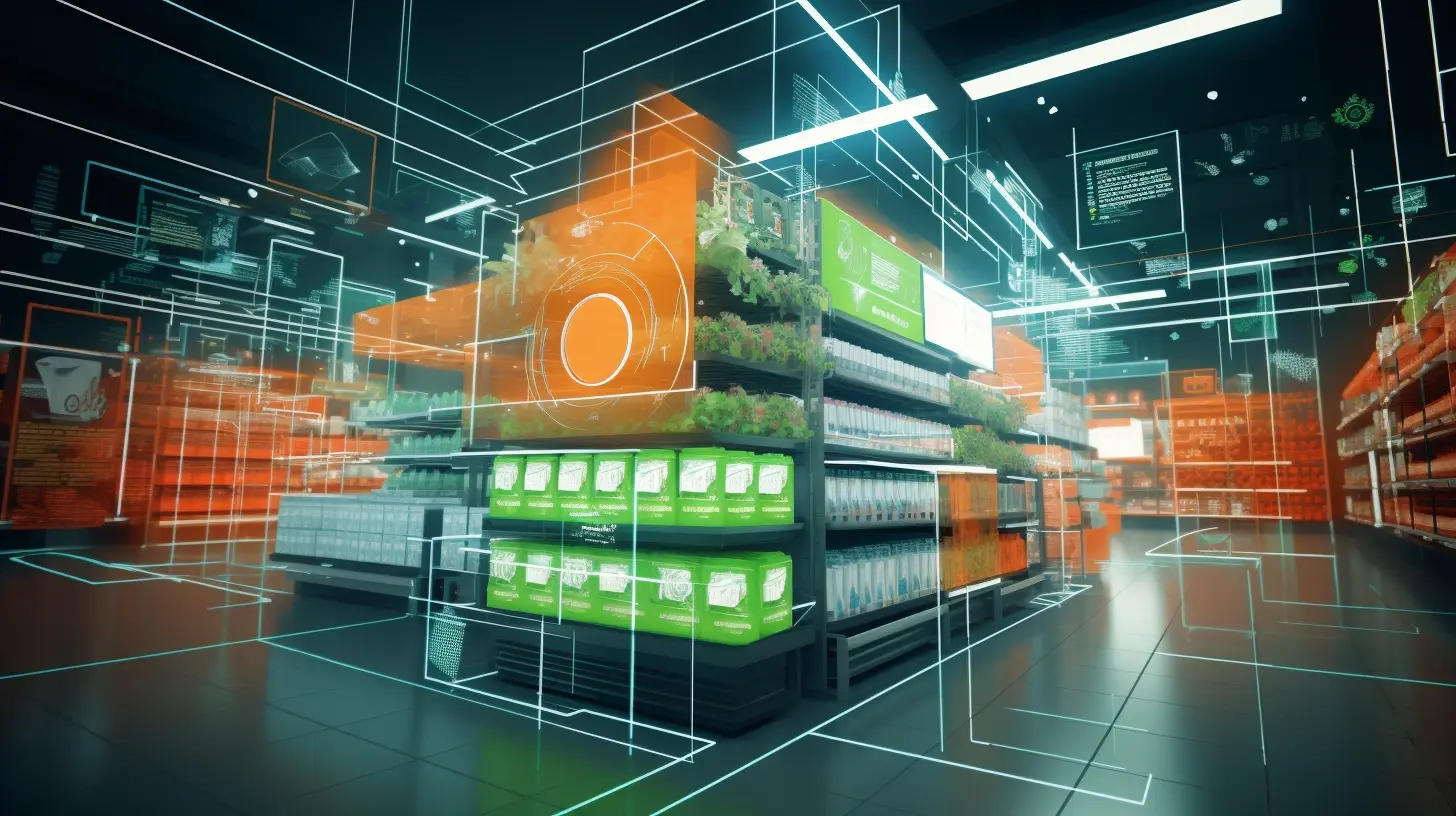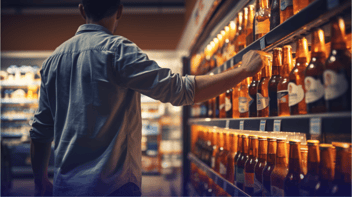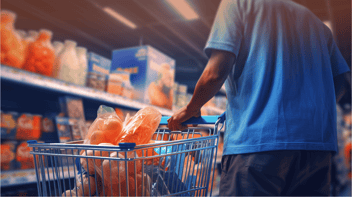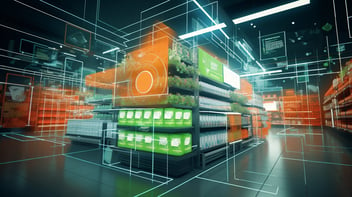As Americans gear up for the final summer 3-day weekend, the anticipation for road trips is palpable. With international travel down, domestic car-based travel is predicted to soar, leading to more traffic on the roads. For instance, AAA projects that traffic on the Garden State Parkway, spanning New Jersey to New York, will be up 40%, while traffic on 4E, running from Tampa to Orlando, will increase by 39%. This influx of car travelers means more gas buyers, making this an opportune moment for convenience stores to rethink their strategies for converting fuel buyers into in-store customers.
The concept of pump-to-store conversions is a hot topic year-round, but as more Americans hit the road for the long weekend, so too, could more fuel buyers become in-store buyers for c-store.
Interestingly, 81% of fuel buyers who pay for gas at the pump drive away immediately after, never stepping foot inside the c-store—a figure that has risen by 2% compared to last year. So, how can retailers encourage these fuel buyers to walk into the store and pick up in-store items? VideoMining's advanced behavioral sensors track every micro-moment of the shopping journey, providing retailers with invaluable insights to help them capture more incremental in-store sales from fuel buying trips. Here’s what we advise:
1. Know Your Role:
Convenience stores vary widely depending on their location and customer base. A store next to a highway will naturally attract more fuel buyers running low on gas, while a c-store near holiday travel destinations like lakes, mountains, or beaches might see more vacation refills, such as beer, wine, and spirits. With VideoMining's in-store observational research, retailers can uncover concrete evidence about their shopper demographics, trip missions, and daypart routines, leading to more targeted and effective strategies.
2. Know Your Forecourt:
Enhancing your forecourt strategy can significantly influence fuel buyers to enter the store. Retailers should assess which pumps are more commonly used during different times of the day and what store signage is visible from those pumps. For example, in one chain-specific study, we found that nighttime fuel buyers were 60% more likely to look towards the store while pumping compared to daytime fuel buyers. This insight could help retailers strategically place their exterior signage to encourage daypart-specific impulse buys, like promoting coffee and donuts in the morning and pizza and soda in the evening...by putting them in the optimal spot of the forecourt.
3. Track, Learn, and Improve:
Continuous tracking, testing, and learning are crucial for increasing pump-to-store conversions. VideoMining often assists retailers and CPG marketers in testing the impact of signage at the pump and store exterior. For instance, in tests comparing Pump Topper A (fountain beverage promotion) to Pump Topper B (fountain beverage and pizza bundle), it’s essential to determine not only which fuel buyers had the opportunity to be influenced by the signage but also if they read it and if it inspired action. If fuel buyers leave the pump and head straight for the pizza case after seeing Pump Topper B, retailers might have just a winner on their hands.
The power to see more is the most impactful way to grow your business. For CPGs and retailers, understanding the actual behavioral responses of shoppers is the key to success, and VideoMining is here to help you achieve just that.
⟶ want to know more about how behavioral science can help you boost pump-to-store conversions? Check out this case study, which highlights how a c-store retailer partnered with a foodservice vendor to test, learn, and improve their at-pump campaigns.
